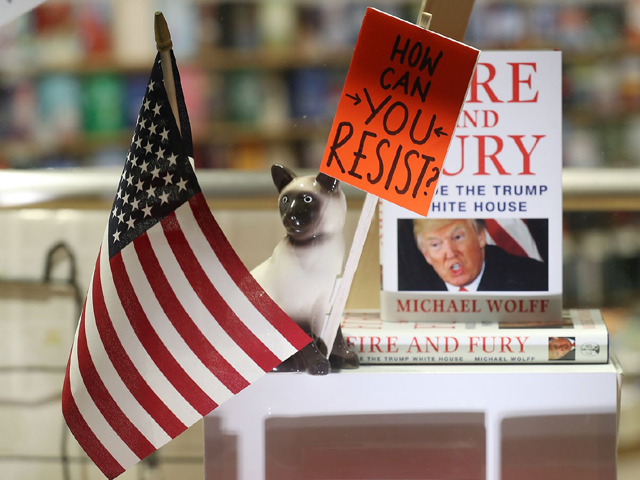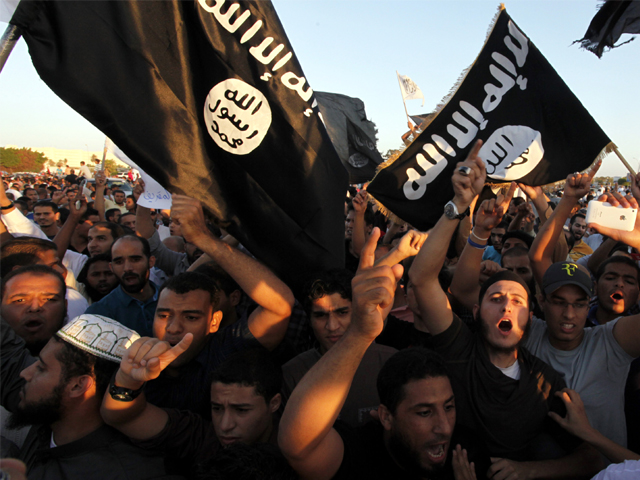
Should Eid be counted as a public holiday in New York City?
Would observing Muslim holidays be an appropriate move for the entire nation?
On March 4, 2015, New York City Mayor Bill de Blasio announced that New York City public schools would close to recognise Eidul Azha and Eidul Fitr.
He said,
“Hundreds of thousands of Muslim families will no longer have to choose between honouring the most sacred days on their calendar or attending school.”
In the New York Times, de Blasio called this a “matter of fairness” to the Muslim population, about 10% of all students. Six other school districts in the US celebrate Muslim holidays while other districts have resisted, one in Maryland already having eliminated all religious holidays in response to Muslims activists’ requests.
De Blasio’s announcement has also provoked reaction from anti-Muslim bigots such as Pamela Geller, who accused de Blasio of,
“(Caving) to Islamic supremacist demands,” and decried, “The only Muslim holiday that should have been added was September 11th…Why weren’t the Hindu holidays added?”
While the Jewish holidays of Yom Kippur and Rosh Hashanah are celebrated in New York City school district and other districts with large Jewish populations, Christmas and Easter do not disrupt school schedules, as they fall during winter vacation and a weekend, and have become part of the cultural fabric of America.
The decision to add holidays carries importance, since extra days off shorten the summer vacation as public school students are required to attend a set number of days each year and the missed days must be added. Holidays, separate from national ones recognised by employers, often create logistical problems for parents who work and do not have day care. The relevant questions, then, create complicated answers.
What concessions should the majority make for the minority?
Would observing Muslim holidays be an appropriate move for the entire nation? And how many special interest groups must be accommodated?
In New York City, de Blasio is trying to recognise the Lunar New Year to appease Asian Americans, as well as, via the New York Times,
“Facing pressure from Indian-American groups that want schools to be closed for the Hindu festival of Diwali.”
According to Pew Research, Muslims accounted for 0.8% of the population in 2010; other polls put the number closer to two per cent. The highest concentrations are in urban areas such as New York City.
In the United States, a secular country, respect for religion is different than a mandate. Accommodations are made to allow the religious time off to observe holy days. And in areas where there are high concentrations of a particular group, Mormons in Utah, for example, the majority can decide.
But whether an entire country should satisfy less than two per cent of the population is a decision that should be decided democratically.




COMMENTS (8)
Comments are moderated and generally will be posted if they are on-topic and not abusive.
For more information, please see our Comments FAQ